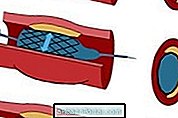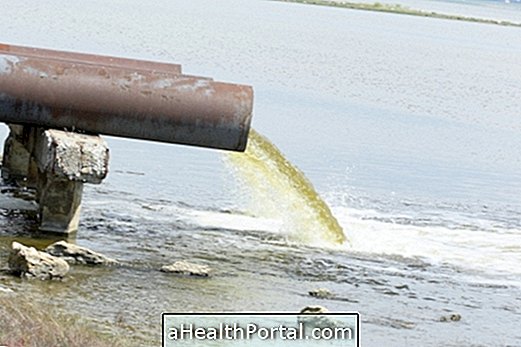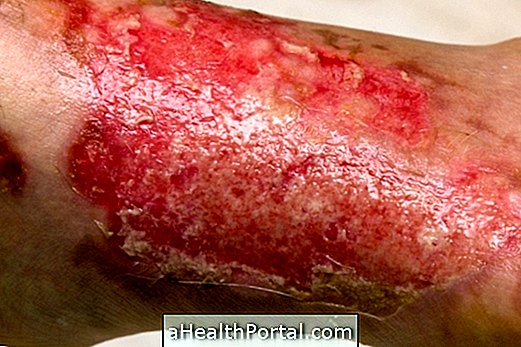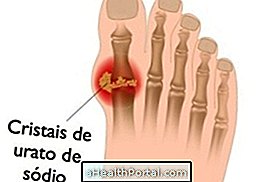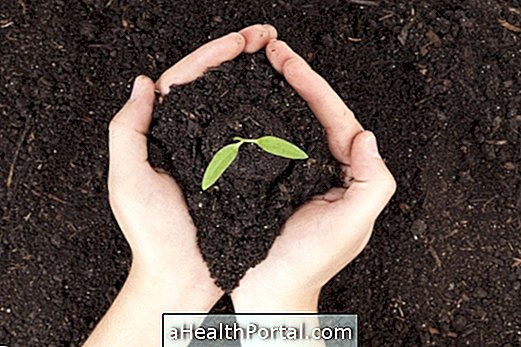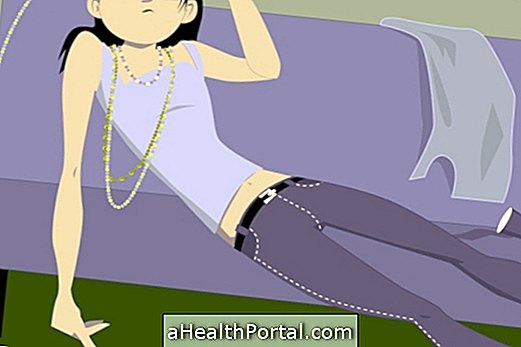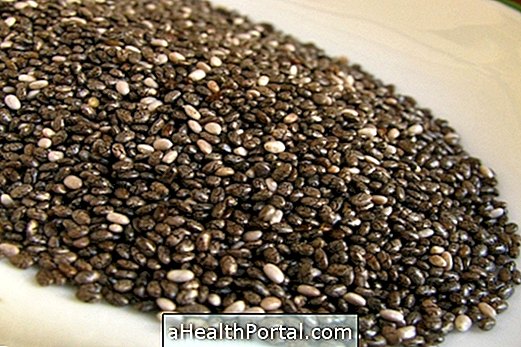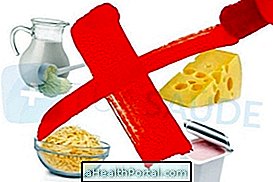The pancreas is a composite gland that belongs to the digestive and endocrine systems, about 12.5 cm long, leaf-shaped, located behind the stomach, between the upper portion of the intestine and the spleen.
Regarding its anatomy, the pancreas is composed of three major regions: head, which is the part that fits the duodenum, body and tail, which is the final part.
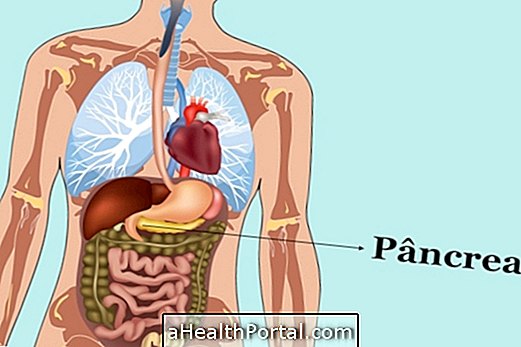
Functions of the pancreas
This organ has two functions:
- Exocrine Pancreas, which has the function of producing digestive juices and enzymes that help break down proteins, sugars and fats into smaller pieces, so they can pass into the intestine, aiding in the digestion of food and nutrient metabolism;
- Endocrine pancreas, which plays an important role in the production of hormones, such as insulin and glucagon, which regulate the way the body uses sugars.
Because they have different functions, the exocrine and endocrine pancreas are formed by different cells, for example, the endocrine pancreas is formed by clusters of cells called acini that will produce the pancreatic juice. Mixed with the acini, are the islets of Langerhans, which are isolated groups of cells that produce the hormones that control blood sugar levels.

Diseases that can affect the pancreas
Some types of situations involving this gland include:
- Diabetes in which pancreatic cells do not produce insulin in the case of type 1 diabetes, or produce insufficient or normal insulin, but the body can not use insulin in the case of type 2 diabetes;
- Cancer in which the growth of malignant pancreatic cells occurs. Learn more about Cancer in the Pancreas;
- Annular pancreas, which is a congenital malformation in which a thin band of pancreatic tissue covers a portion of the duodenum causing obstruction that can be resolved with surgery;
- Pancreas divisum, which is a congenital anomaly in which the pancreatic ducts are not formed during gestation and can be resolved with surgery;
- Ectopic pancreas, which is characterized by the presence of pancreatic tissue in other organs, which can be treated with medicines or surgery;
- Pancreatitis, which is an inflammation of the pancreas which is usually caused by calculi of the gallbladder that move into the pancreatic duct causing an obstruction. Learn more at: Pancreatitis;
- Cysts in the pancreas, which are a kind of pouch with liquid or air that are removed through surgery.
People who consume too much alcohol and have gallstones are more likely to develop pancreatic disease.
Symptoms of Pancreatic Problems
Some signs and symptoms that may arise when this gland is affected are:
- Abdominal pain, which is one of the most common symptoms, can start suddenly and become progressively stronger and continuous. It usually happens in the center of the abdomen where it is located, spreading to the top and bottom;
- Increased pain when the subject lies on his back;
- Diarrhea with fat elimination in feces;
- Nausea and vomiting after feeding, usually associated with pain.
These symptoms help the endocrinologist to identify and diagnose some disease and thus initiate appropriate treatment.


